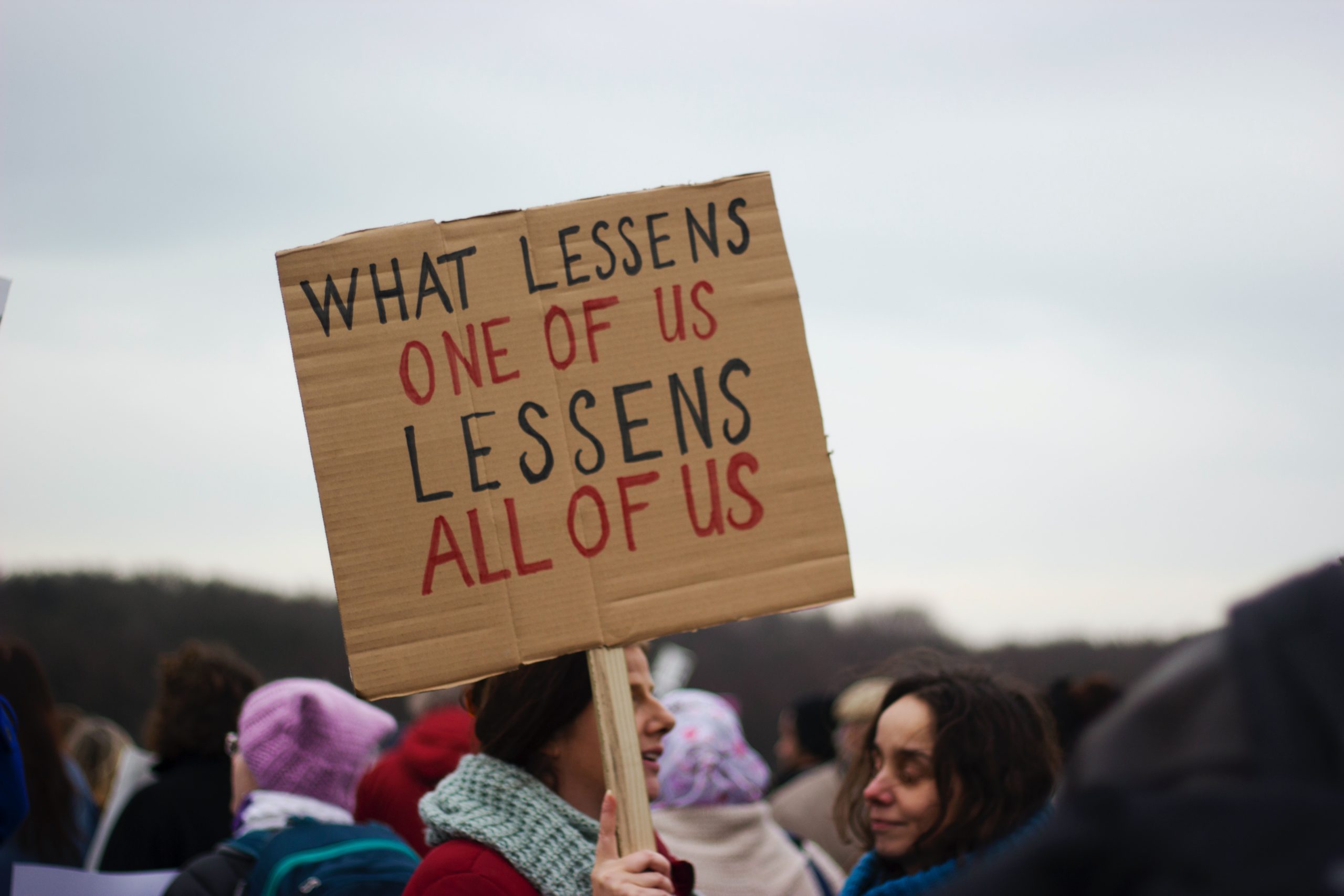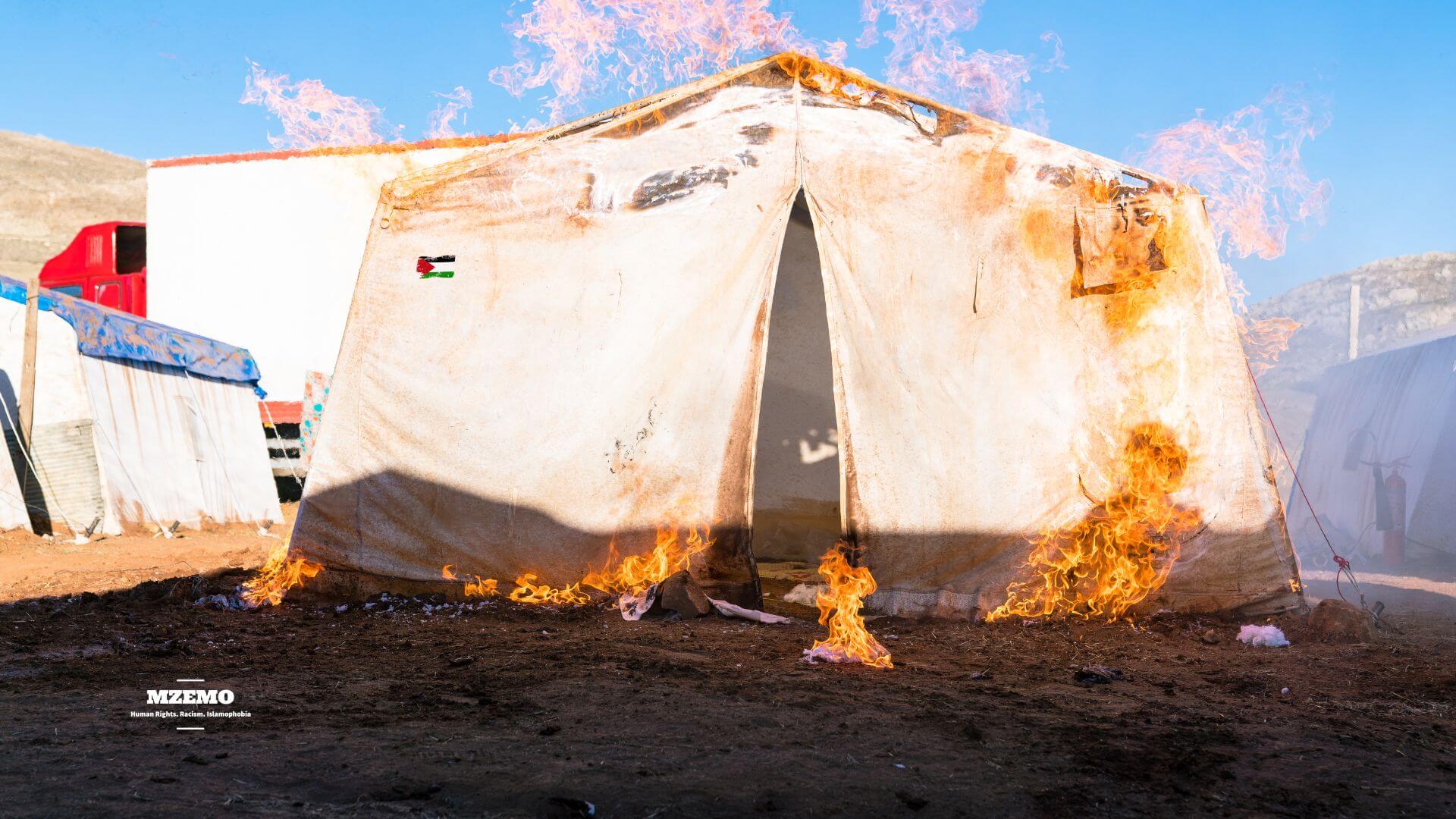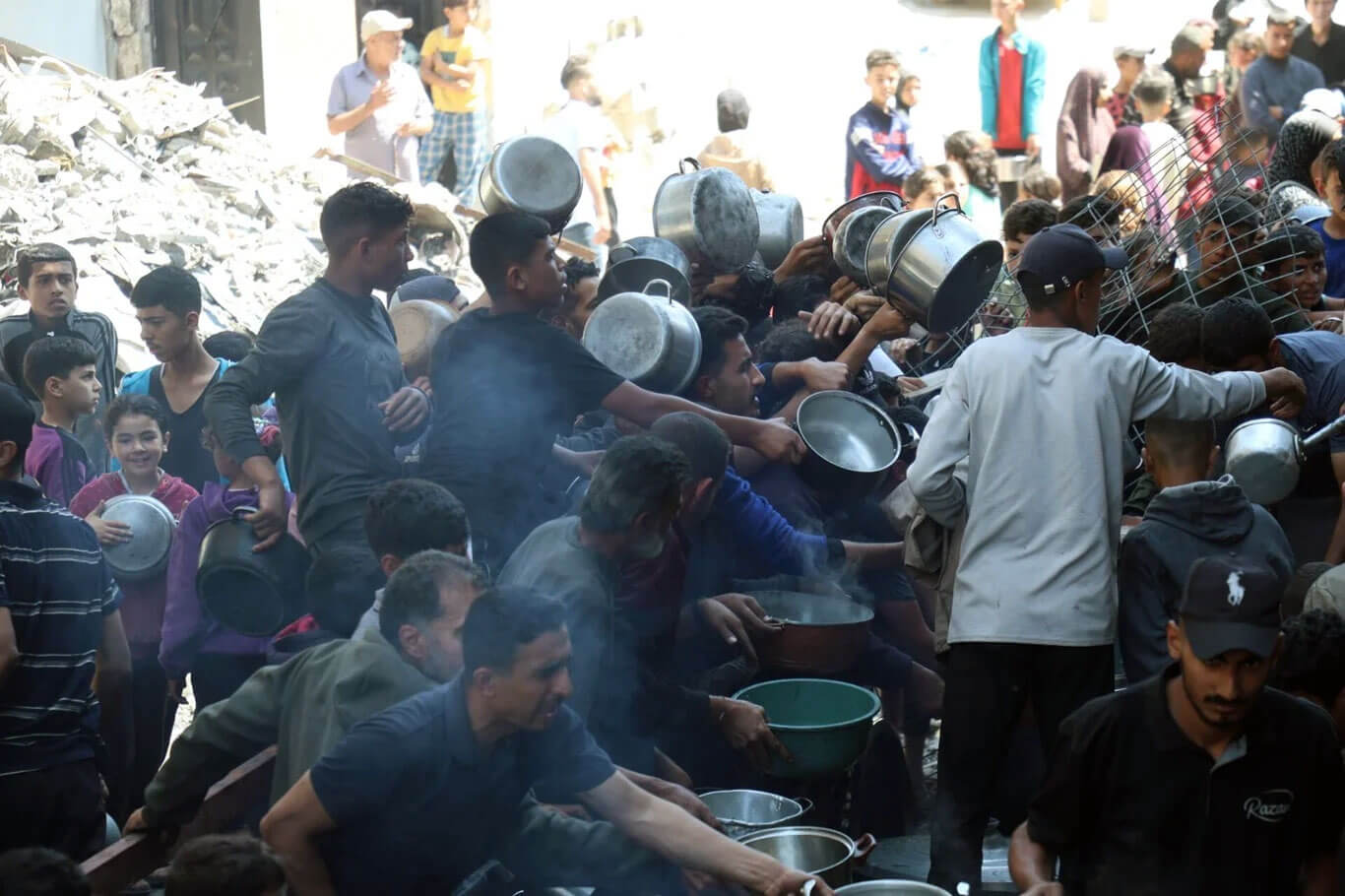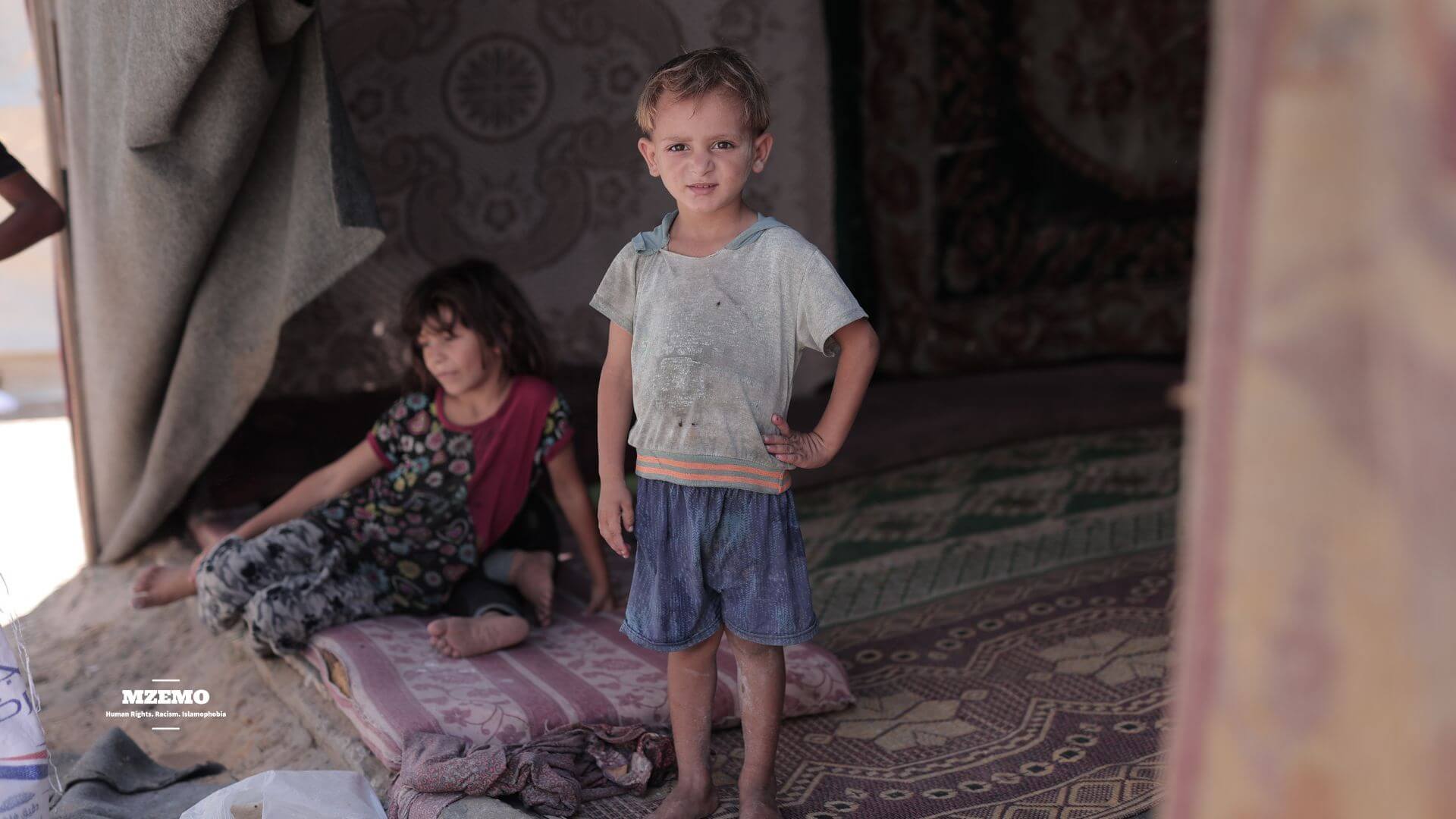In January 2018, the South African Human Rights Commission (SAHRC) declared that the Right to Equality was the most violated human right in the world. What proof did they have? Between 2015 and 2016, the SAHRC received more than 4,000 human rights violation complaints, of which the majority were regarding the Right to Equality violations. This was revealed in the annual trends analysis report that the SAHRC generates every year.
To add to it, the report also showed that less than half of these complaints were accepted. A major part was either rejected or referred. Also, out of all the complaints received o human rights violations, most were against racial discrimination, including the use of racial slurs and derogatory undertones.
So why is racial equality such a rare virtue in the world? And what counts as a violation of the right to equality? The only way to fight this battle and protect a basic human right, like that of equality, is by creating more awareness around it. The law enforcement authorities and human rights commissions are doing their bit in preventing violations. But unless the common people are more aware of the severity and impact of racial discrimination, or any other form of discrimination, bringing about a sustainable change is difficult.
What is the Right to Equality?
The Universal Declaration by the United Nations, says in Article 1 that “All human beings are
born free and equal in dignity and rights”.
Article 2 elaborates this by saying that everyone is entitled to all the rights and freedoms outlined in the Declaration without any distinctions, be it based on race, colour, sex, language, religion, political opinion, national or social origin, property, birth, or any other status.
There can also be no distinction based on the political, jurisdictional, or international status of the country or territory to which a person belongs. It may be independent, trust, non-self-governing, or under any other limitation of sovereignty, according to the Article.
Also, according to Article 7 of the Universal Declaration, every individual should be treated equally by the law. The law cannot discriminate against anyone and in case someone faces discrimination, in violation of the Declaration, they are entitled to equal protection of the law.
The Right to Equality and Non-Discrimination is also contained in the regional instruments of most countries.
So, in simple words, the United Nations prohibits discrimination of any kind against anyone and allows equal protection under the law for all. But sadly, these rights to a large extent are still only in writing. All around the world discrimination based on race, religion, and color is rampant.
In fact, according to the report generated by the SAHRC, after race, the next highest number of complaints were related to discrimination based on disability and ethnic origin. So, while racial discrimination was acknowledged as endemic by the Commission, other forms of discrimination are not far behind.
What is discrimination in violation of the Right to Equality?
Discrimination, in violation of the Right to Equality, is to deprive someone of their basic rights simply because of who they are or where they are from. Amnesty International, an international non-governmental organization working on human rights, describes discrimination quite comprehensively.
According to the organization, “Discrimination occurs when a person is unable to enjoy his or her human rights or other legal rights on an equal basis with others because of an unjustified distinction made in policy, law or treatment”.
Discrimination can occur in various forms, as laid out by Amnesty International. It may be direct, indirect, or intersectional.
Direct discrimination is when the distinction or bias against a certain group of people is explicit and evident, preventing them from exercising their rights the same way as others do. This may be seen not only in the case of racial discrimination but also in discrimination based on gender, sexual orientation, disability, nationality, caste, or some other status.
Indirect discrimination is when a certain law or policy, or even a general practice, is seemingly neutral and does not make any distinctions explicitly, but it still has a bias against a specific group of people. Such a policy or practice can put the particular group at a disadvantage disproportionately.
Intersectional discrimination is when several discriminations intersect to put a particular group of people at a greater disadvantage.
For instance, racial discrimination in some regions does not give people from minority groups access to good schools and colleges, nor are they given equal opportunity in employment. Also, say, the employment policies in the region do not give equal opportunities to people with disabilities. This puts people with disabilities from the minority group in a far more disadvantageous position as a result of intersectional discrimination.
Why is discrimination still prevalent?
Discrimination is rooted in prejudice. In most cases, the discriminatory attitude towards a certain group of people is based on certain stereotypes and ideas that are wrongly associated with the identity of the group.
Because someone identifies with a different race, religion, ethnicity, nationality, gender, sexual orientation, or some other status, some people tend to think of them as lesser than themselves. This leads to intolerance and undue hatred against them as well as wrongful treatment.
How can the Right to Equality and non-discrimination be protected?
The solution to this lies in addressing the problem at the root. An overall change of mindset is the primary goal here. When more people are aware of what human rights mean and how violation of these rights causes tremendous suffering for some groups all over the world, they are likely to change their own outlook. Awareness can also help them prevent acts of discrimination from occurring, by educating others and stopping such incidences before they happen.
There is also a pressing need to revisit the laws and policies of every nation. Any discriminatory laws must be changed and new policies that promote diversity and inclusion in every sphere must be introduced.
Though the reports released by the SAHRC show the statistics for South Africa alone, the situation is not very different in most other countries either. The rate of discrimination and violations of the Right to Equality is concerning and change cannot be brought overnight. But with persistent efforts to break stereotypes and make people more tolerant of other races, cultures, and identities, a positive outcome is possible.


 Featured2 years ago
Featured2 years ago
 Featured3 years ago
Featured3 years ago
 Featured2 years ago
Featured2 years ago
 Featured4 years ago
Featured4 years ago
 Featured3 years ago
Featured3 years ago
 Featured5 years ago
Featured5 years ago
 Featured2 years ago
Featured2 years ago
 Featured3 years ago
Featured3 years ago

















